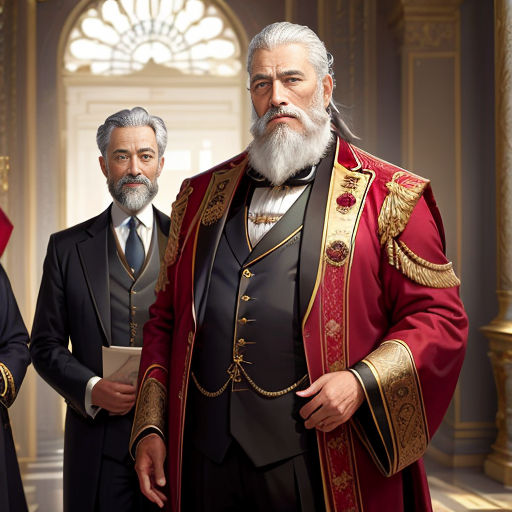
The Emperor's New Clothes
By cetegbrebas

25 Sep, 2023
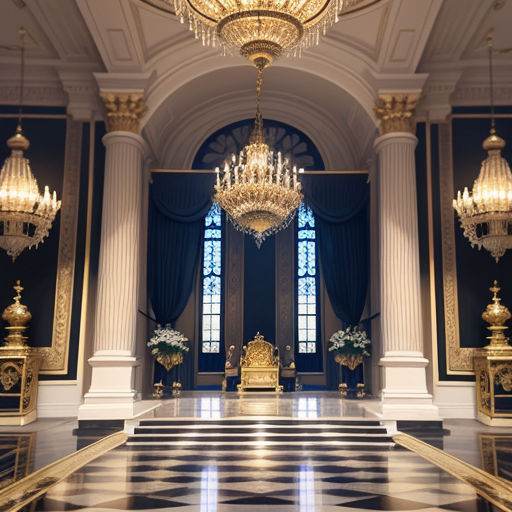
Once upon a time, in a kingdom far away, there lived a proud and vain emperor, who was known far and wide for his love of new and extravagant clothes.

The emperor’s palace was filled with clothes of all kinds. Silks from the east, furs from the north, and intricate embroidery from the south.
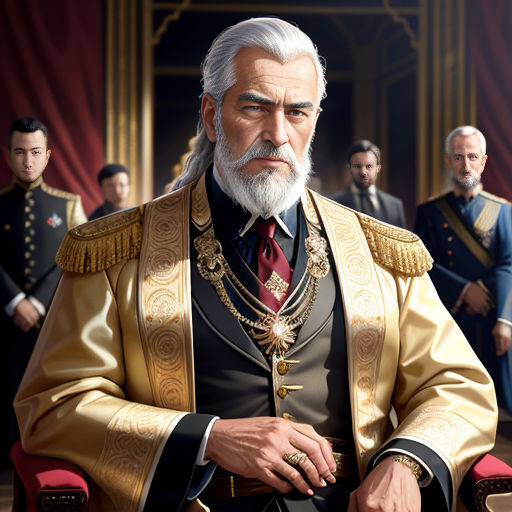
His subjects admired his style, but they were also worried about the kingdom's treasury, which was dwindling due to the emperor's expensive tastes.
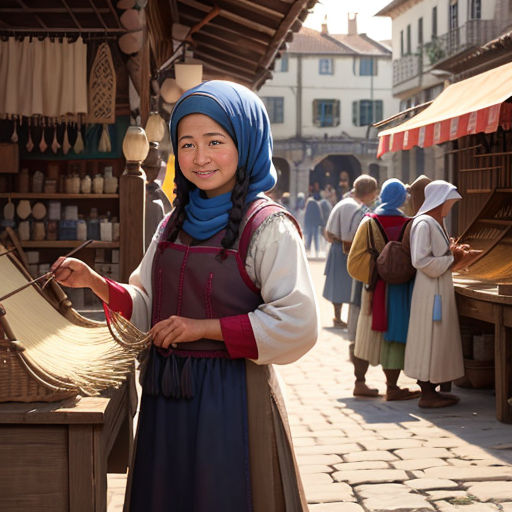
One day, two weavers arrived in the kingdom, claiming to have an extraordinary talent. They promised to weave a fabric so fine and unique that it could only be seen by those who were wise and competent.

Intrigued by their claim, the emperor summoned them to the palace. He was excited at the prospect of owning such a unique garment.
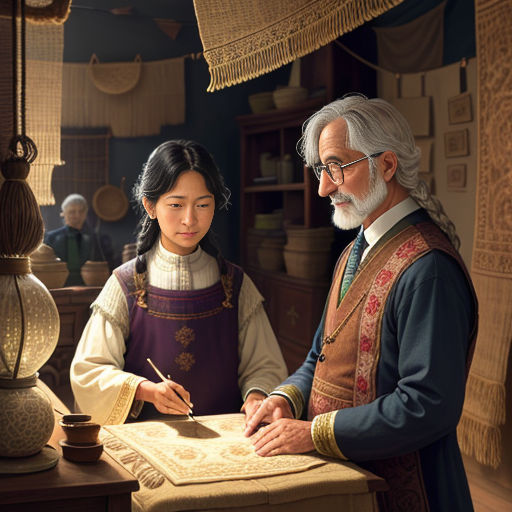
The weavers were given gold and silk to start their work. For days, they toiled in a room, pretending to weave the invisible fabric.
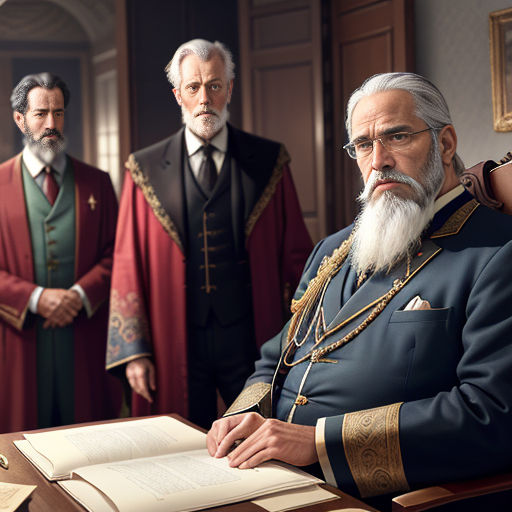
The emperor, eager to see the progress, sent his trusted minister to check on the weavers. The minister, unable to see any fabric, feared he was unfit for his position and lied about the beautiful fabric.
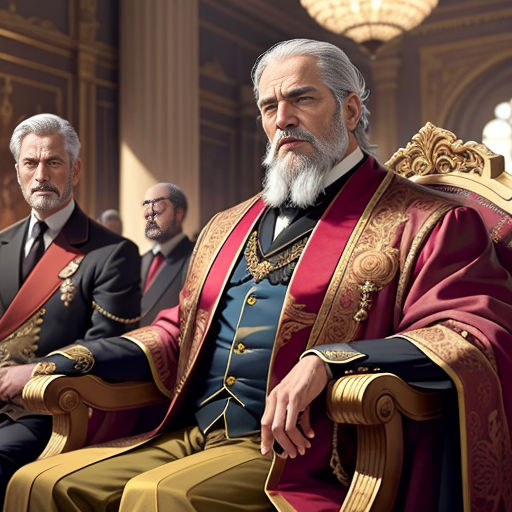
He reported back to the emperor with tales of the fabric's incredible beauty, increasing the emperor's anticipation.
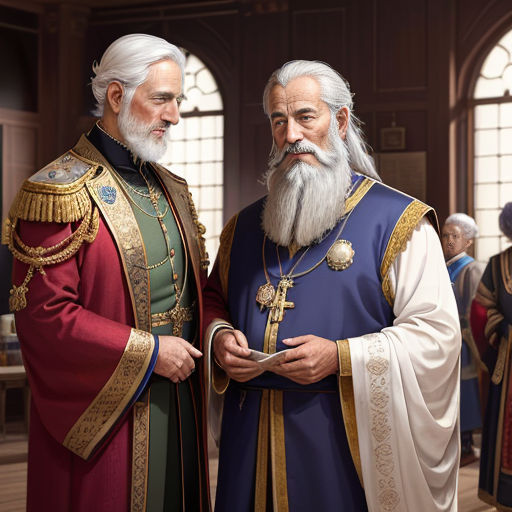
As days turned into weeks, the emperor's curiosity grew. He decided to visit the weavers himself to see the miraculous fabric.

The weavers, with their cunning smiles, showed him the empty loom. The emperor, seeing nothing but not wanting to appear foolish, praised the invisible fabric.
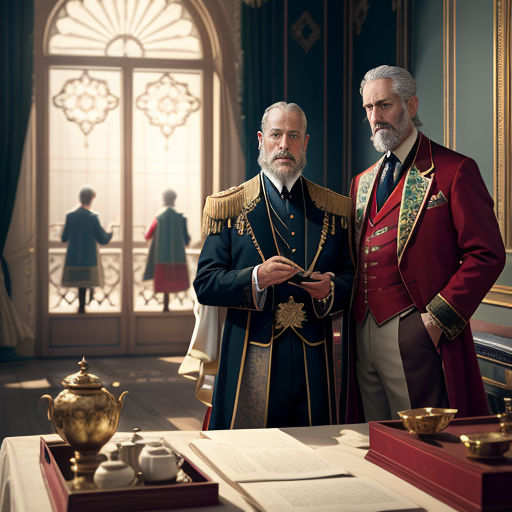
Days later, the weavers announced that the emperor's new clothes were ready. They pretended to dress him in the invisible clothes and he admired himself in the mirror.
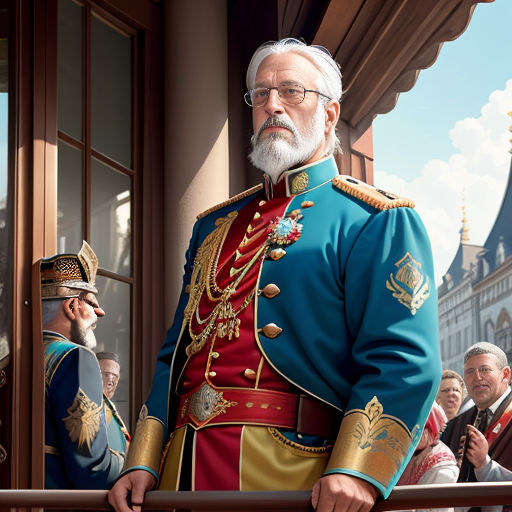
The emperor announced a grand parade to show off his new clothes. The entire kingdom was abuzz with excitement to see the emperor's unique garment.
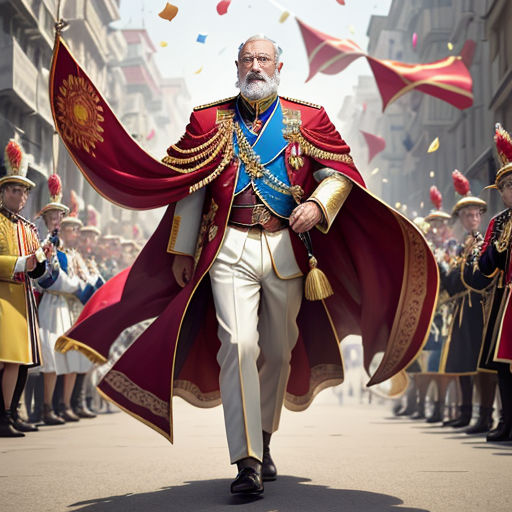
On the day of the parade, the emperor walked proudly down the streets of his kingdom, basking in the admiration of his subjects.
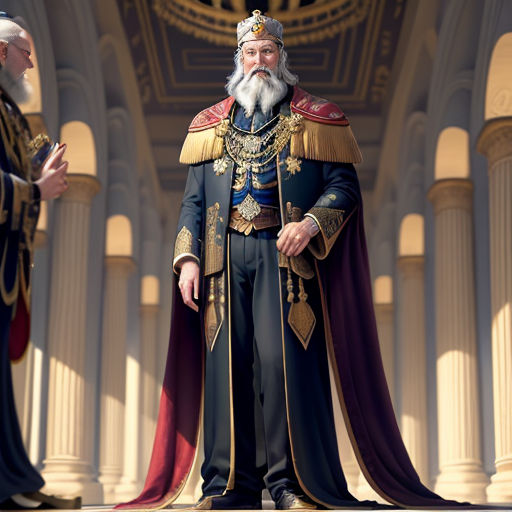
The people, not wanting to appear foolish or unfit for their roles, praised the emperor's new clothes, even though they saw him wearing nothing.

However, among the crowd was a little boy, who had heard about the special fabric but did not understand the need to pretend.
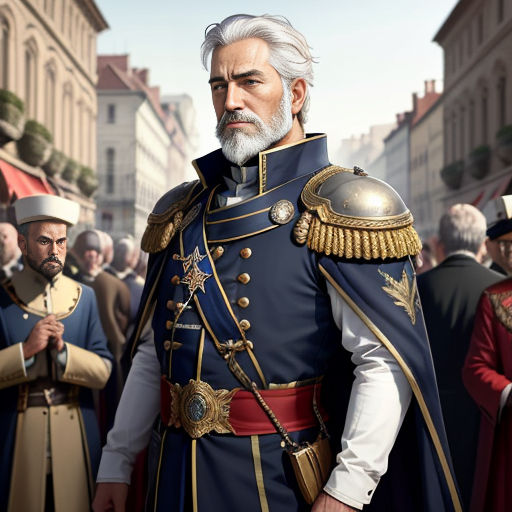
He looked at the emperor, then at the people around him, and finally declared, "The emperor is not wearing any clothes!"

There was a moment of stunned silence, then a ripple of whispers ran through the crowd. Some people looked horrified, others tried to hush the boy.
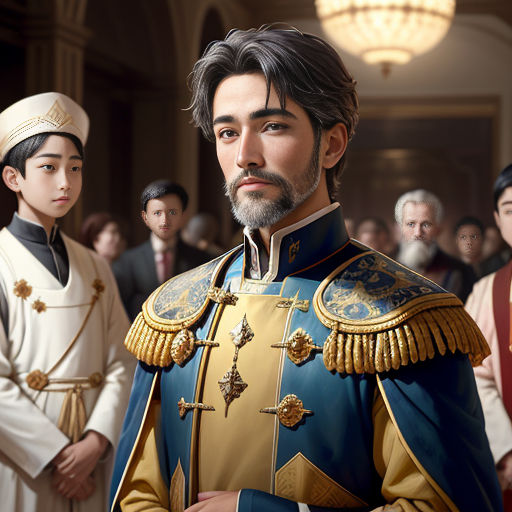
But the boy's words had broken the spell. One by one, the people began to admit that they too could not see any clothes on the emperor.
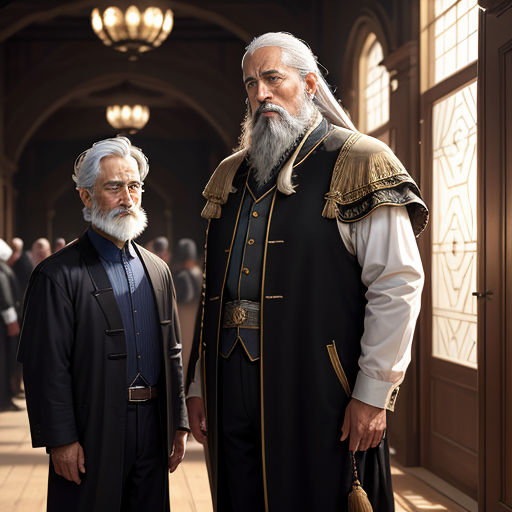
The emperor, hearing the boy's words and the whispers of the crowd, realized the truth. He had been fooled by the weavers and his own vanity.
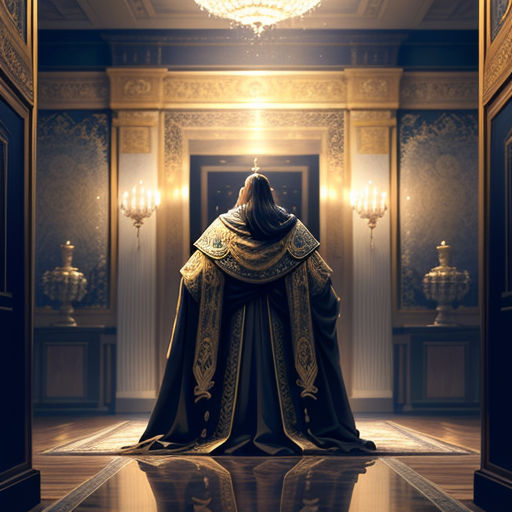
He felt a rush of shame as he understood the extent of his folly. But he also felt a strange relief. The truth, however embarrassing, was freeing.
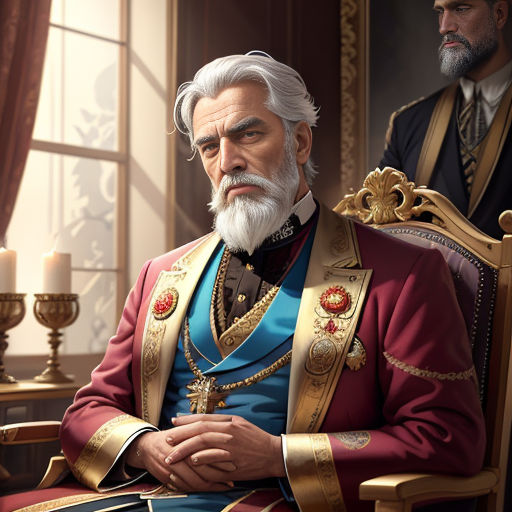
The emperor returned to his palace, his head held high despite his humiliation. He had learned a valuable lesson about vanity and truth.
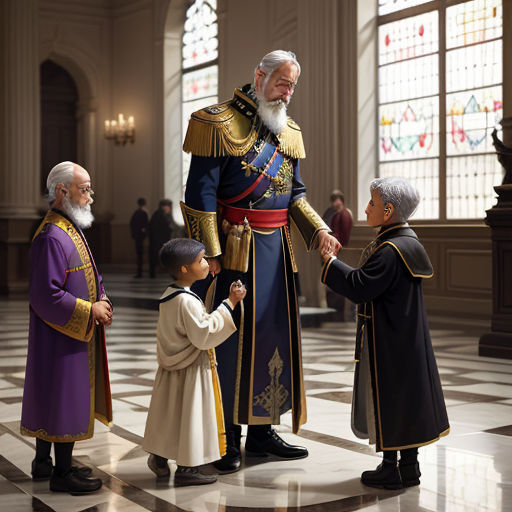
He thanked the little boy for his honesty and promised to be a wiser ruler. The people, in turn, admired the emperor's courage to admit his mistake.

The weavers, exposed for their deceit, were banished from the kingdom. Their names became synonymous with lies and deceit.
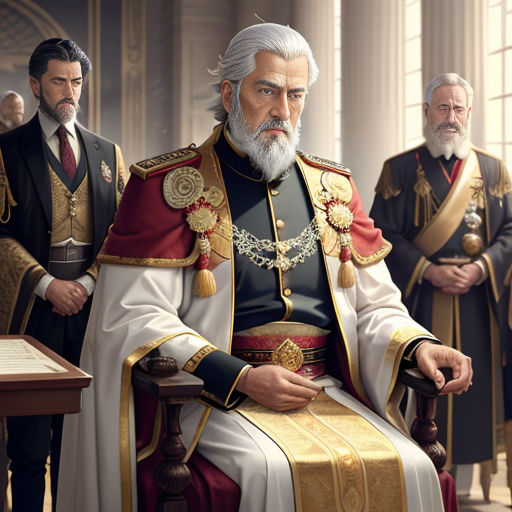
Over time, the emperor became less concerned with his clothes and more focused on ruling wisely. His people's respect for him grew, not for his clothes, but for his wisdom.

The story of the emperor's new clothes was told and retold, serving as a reminder to not let vanity cloud judgement. The emperor's tale became a symbol of wisdom earned through humility.

The emperor, once known for his extravagant clothes, became a symbol of humility and wisdom. His story served as a lesson for future generations on the importance of honesty and self-awareness.
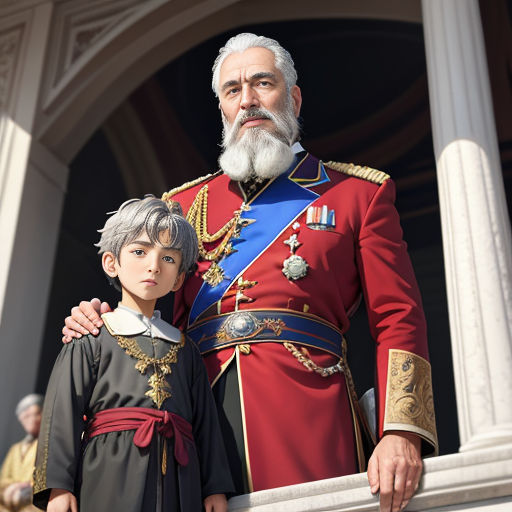
The people of the kingdom lived more peacefully, knowing they had a wise and just ruler. The little boy, who once revealed the truth, grew up to be a respected figure in the kingdom.
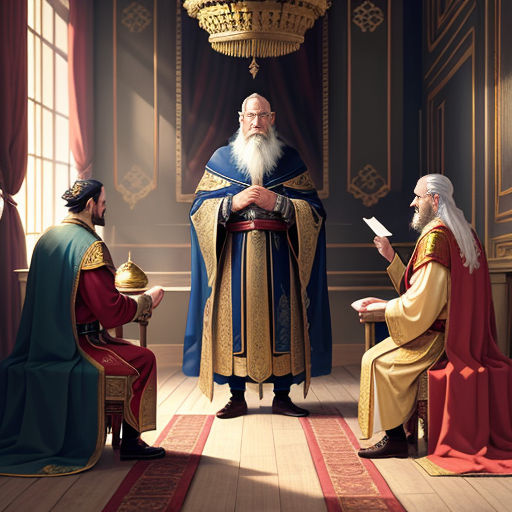
The kingdom, once troubled by the emperor's vanity, flourished under his wise reign. The story of the emperor's new clothes remained a treasured tale, a testament to the power of truth and humility.
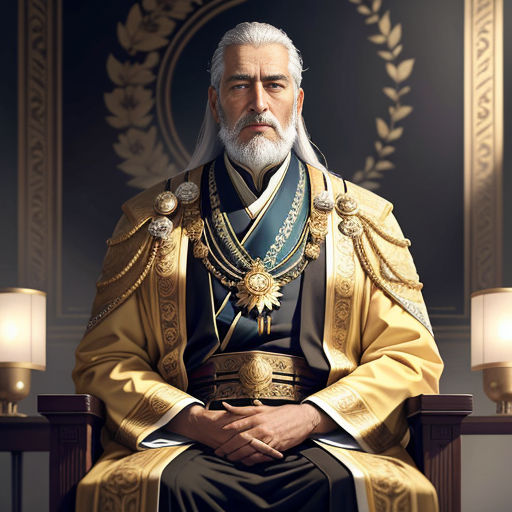
The emperor lived out the rest of his days as a wise and loved ruler, his vanity replaced with humility. His people never forgot the lesson they had all learned that day.
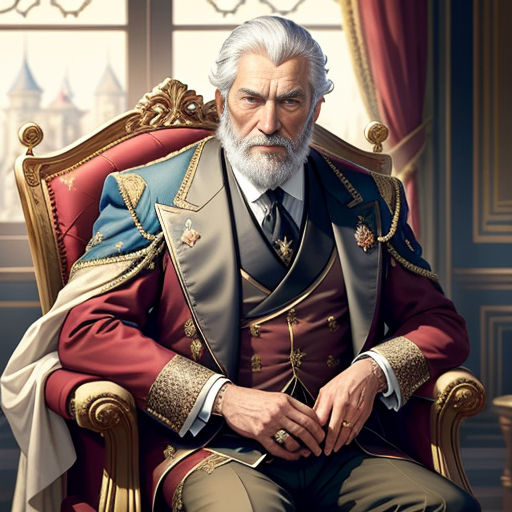
The emperor's story is a timeless tale, reminding us of the dangers of vanity and the importance of honesty. A ruler is not judged by his clothes, but by his wisdom and actions.
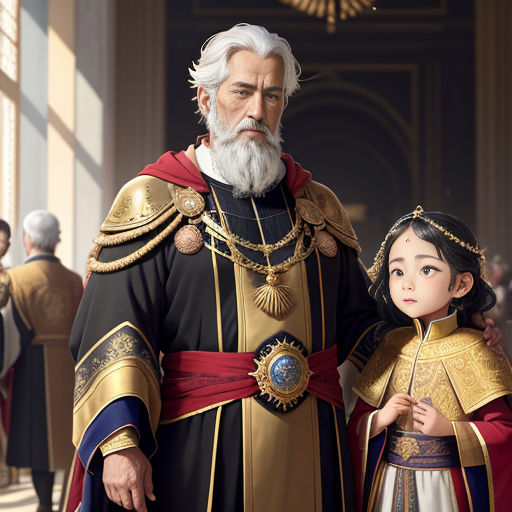
And so, the tale of the emperor's new clothes continues to be told, a story of humility triumphing over vanity, of truth unveiling deceit, and of wisdom born from folly.
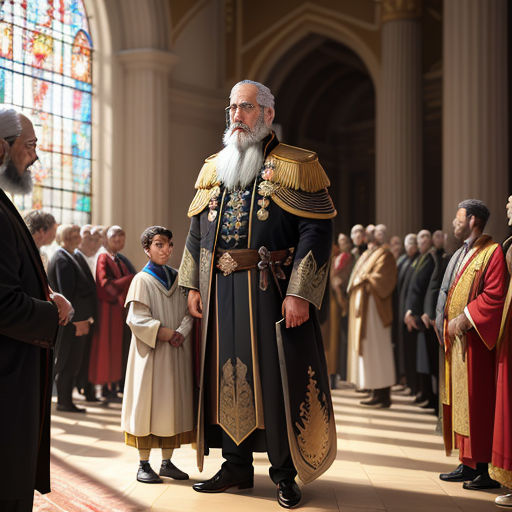
The emperor's new clothes, once a symbol of vanity, became a symbol of wisdom and humility. A reminder that truth, no matter how uncomfortable, is more valuable than any garment.
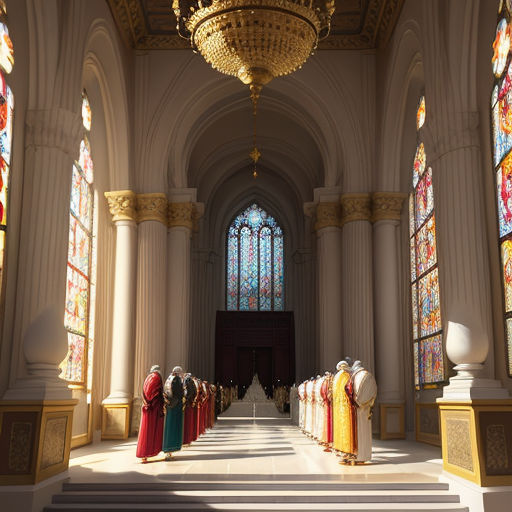
The kingdom thrived under the rule of the wise emperor, the people remembering the lesson of the emperor's new clothes. The tale served as a timeless reminder to value honesty and humility above all else.
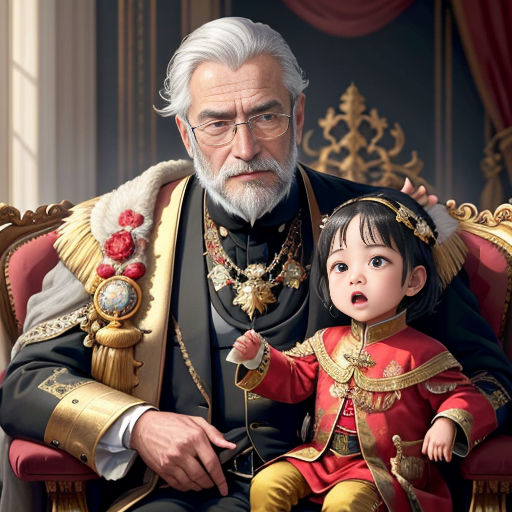
In the end, the emperor's new clothes were not a garment, but a lesson. A lesson that continues to resonate, reminding us all of the importance of honesty, humility, and wisdom.
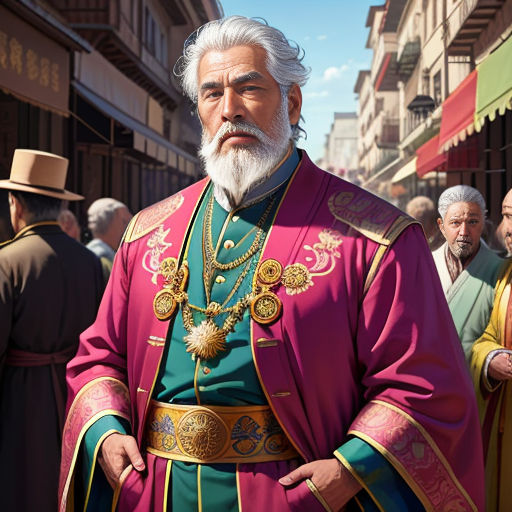
And so, the story of the emperor's new clothes lives on, a timeless tale that continues to inspire and teach. A reminder that true wisdom is not in what we wear, but in how we choose to see and acknowledge the truth.